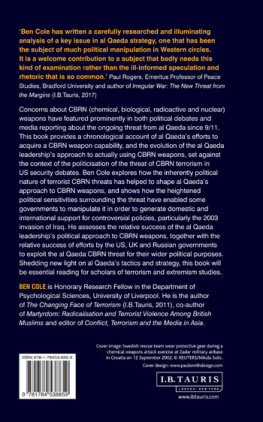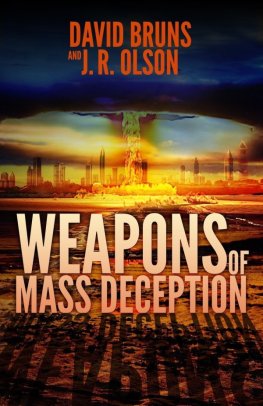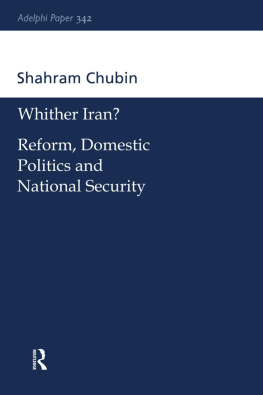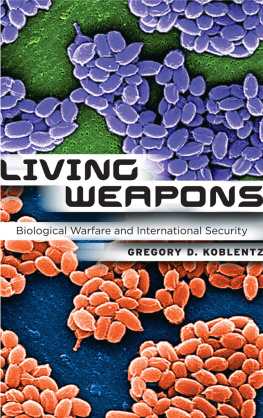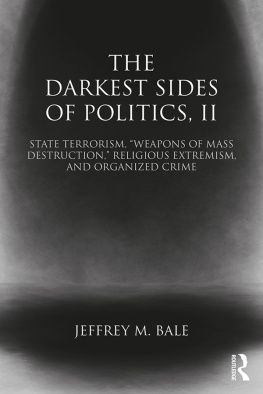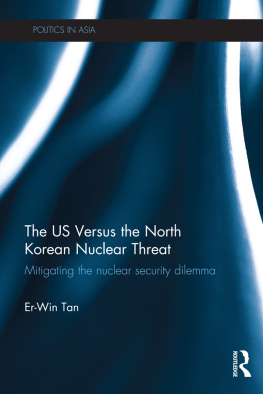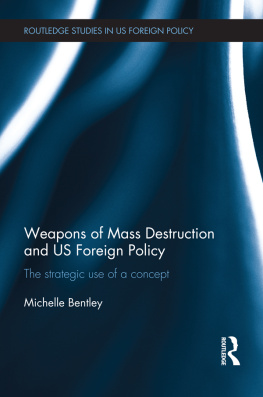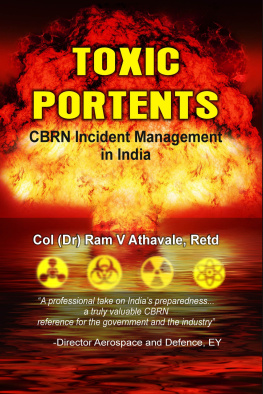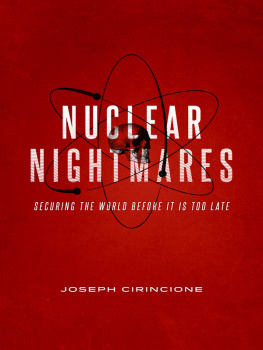
Ben Cole is Honorary Research Fellow in the Department of Psychological Sciences, University of Liverpool. He specialises in the process by which individuals become radicalised into violent extremism; terrorist decision-making with regard to chemical, biological, radiological and nuclear (CBRN) terrorism; and real-time monitoring and analysis of conflicts and terrorist movements using online media. He worked on the development of the PVE tool and guidance, and lectures regularly on CBRN terrorism. He is the author of The Changing Face of Terrorism (I.B.Tauris, 2011), co-author of Martyrdom: Radicalisation and Terrorist Violence Among British Muslims and editor of Conflict, Terrorism and the Media in Asia.
Ben Cole has written a carefully researched and illuminating analysis of a key issue in al Qaeda strategy, one that has been the subject of much political manipulation in Western circles. It is a welcome contribution to a subject that badly needs this kind of examination rather than the ill-informed speculation and rhetoric that is so common.
Paul Rogers, Emeritus Professor of Peace Studies,
Bradford University and author of Irregular War:
The New Threat from the Margins (I.B.Tauris, 2017)

Published in 2018 by
I.B.Tauris & Co. Ltd
London New York
www.ibtauris.com
Copyright 2018 Ben Cole
The right of Ben Cole to be identified as the author of this work has been asserted by the author in accordance with the Copyright, Designs and Patents Act 1988.
All rights reserved. Except for brief quotations in a review, this book, or any part thereof, may not be reproduced, stored in or introduced into a retrieval system, or transmitted, in any form or by any means, electronic, mechanical, photocopying, recording or otherwise, without the prior written permission of the publisher.
References to websites were correct at the time of writing.
Library of Modern Middle East Studies 198
ISBN: 978 1 78453 885 9
eISBN: 978 1 78672 264 5
ePDF: 978 1 78673 264 4
A full CIP record for this book is available from the British Library
A full CIP record is available from the Library of Congress
Library of Congress Catalog Card Number: available
CONTENTS
ABBREVIATIONS
| AQAP | al Qaeda in the Arabian Peninsula |
| AQI | al Qaeda in Iraq |
| AQIM | al Qaeda in the Islamic Maghreb |
| AQISA | al Qaeda in Saudi Arabia |
| BND | Bundesnachrichtendienst (German intelligence service) |
| BW | biological weapons |
| CBRN | chemical, biological, radiological and nuclear |
| CBW | chemical and biological weapons |
| CIA | Central Intelligence Agency (US) |
| CSG | Counter Terrorism Security Group (US) |
| CW | chemical weapons |
| DCI | Director of Central Intelligence (US) |
| DFP | diisopropyl fluorophosphate |
| DIA | Defense Intelligence Agency (US) |
| DIS | Defence Intelligence Staff (UK) |
| DMSO | dimethyl sulphoxide |
| DST | Direction de la Surveillance du Territoire (French intelligence service) |
| EIJ | Egyptian Islamic Jihad |
| FBI | Federal Bureau of Investigation (US) |
| FSB | Russian Federal Security Service |
| GIA | Armed Islamic Group |
| GSPC | Group for Preaching and Combat |
| HEU | highly enriched uranium |
| IEDs | improvised explosive devices |
| ISG | Iraq Survey Group |
| ISI | Inter-Services Intelligence (Pakistan intelligence agency) |
| ISIL | Islamic State of Iraq and the Levant |
| JI | Jemaah Islamiyah |
| JIC | Joint Intelligence Committee (UK) |
| JN | Jabhat al-Nusra |
| JSOC | Joint Special Operations Command (US) |
| KSM | Khaled Sheikh Mohammed |
| Kt | kiloton |
| MIC | Sudanese Military Industrial Corporation |
| NATO | North Atlantic Treaty Organization |
| NRC | Nuclear Regulatory Commission (US) |
| NSA | National Security Agency (US) |
| NSC | National Security Council (US) |
| SSRC | Scientific Studies and Research Centre (Syria) |
| TNSM | Tehrek-i-Nehfaz Shariat-i-Mohammedi |
| UAE | United Arab Emirates |
| UNSCOM | United Nations Special Commission on Iraq |
| USAMRIID | US Army Medical Research Institute of Infectious Diseases |
| UTN | Ummah Tameer-e-Nau |
| WMD | weapons of mass destruction |
| WTC | World Trade Center |
INTRODUCTION
Since 9/11, al Qaeda has been a dominant feature in the national security debates of Western states. Nothing has symbolised that threat more than reports of its efforts to acquire and use chemical, biological, radiological and nuclear (CBRN) weapons. When I first started work on this book I was firmly of the opinion that al Qaeda intended to acquire CBRN weapons of mass destruction in order to use them for indiscriminate mass-casualty attacks against the West. George Tenet, the former director of the CIA, even states in his memoirs that the CIA has established beyond any doubt that al Qaeda wanted CBRN weapons not for deterrence, but to use for mass-casualty attacks. Given al Qaedas track record of perpetrating indiscriminate mass-casualty attacks, and its propaganda statements since 9/11 in which it has threatened to continue escalating its attacks against the West, this assessment seemed self-evident.
This narrative about al Qaeda and CBRN weapons is consistent with the broader reaction of governments, politicians and the media, to the generic threat of CBRN terrorism since the 1990s. Fears about CBRN terrorism have been around since the 1970s, but they only reached a peak in the mid-1990s, following the unexpected rash of chemical weapon attacks by the Aum Shinrikyo religious cult in Japan, and an increased interest in the biological toxin ricin amongst extreme right-wing groups in the US. The Aum attacks prompted a significant political reaction in the West, where many politicians, parts of the media and policy-makers took the view that terrorist attacks involving CBRN weapons had become an imminent threat. From that time onwards, CBRN terrorism became an intensely political issue at both national and international level.
On a number of occasions since the late 1990s, al Qaeda has demonstrated its ability to mount complex and innovative attacks that have caused significant loss of life and economic damage. Concerns about CBRN weapons have therefore featured prominently in both political debates and media reporting about the ongoing threat from al Qaeda since 9/11. Much of this debate has been apocalyptic in tone, with fears being expressed of al Qaeda causing many thousands of casualties. As a result, successive US administrations have taken a consistently risk-averse approach to the threat. The Bush Administration took the view that if there is just a 1 per cent chance of the threat being real, then the US had to deal with it. The American journalist Ron Suskind labelled this approach the 1 per cent doctrine.
Next page
